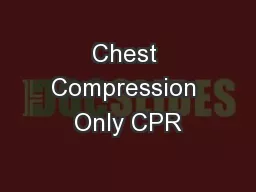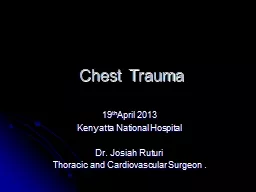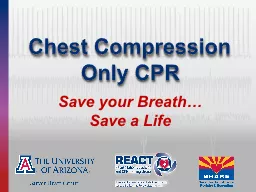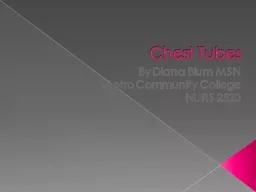PPT-Chest Tube By A.L. Maher Abdul Ameer
Author : jade | Published Date : 2024-03-13
Chest tube a hollow plastic tube is inserted between ribs into the pleural space The tube may be connected to a machine to help with the drainage The tube will
Presentation Embed Code
Download Presentation
Download Presentation The PPT/PDF document "Chest Tube By A.L. Maher Abdul Ameer" is the property of its rightful owner. Permission is granted to download and print the materials on this website for personal, non-commercial use only, and to display it on your personal computer provided you do not modify the materials and that you retain all copyright notices contained in the materials. By downloading content from our website, you accept the terms of this agreement.
Chest Tube By A.L. Maher Abdul Ameer: Transcript
Download Rules Of Document
"Chest Tube By A.L. Maher Abdul Ameer"The content belongs to its owner. You may download and print it for personal use, without modification, and keep all copyright notices. By downloading, you agree to these terms.
Related Documents














